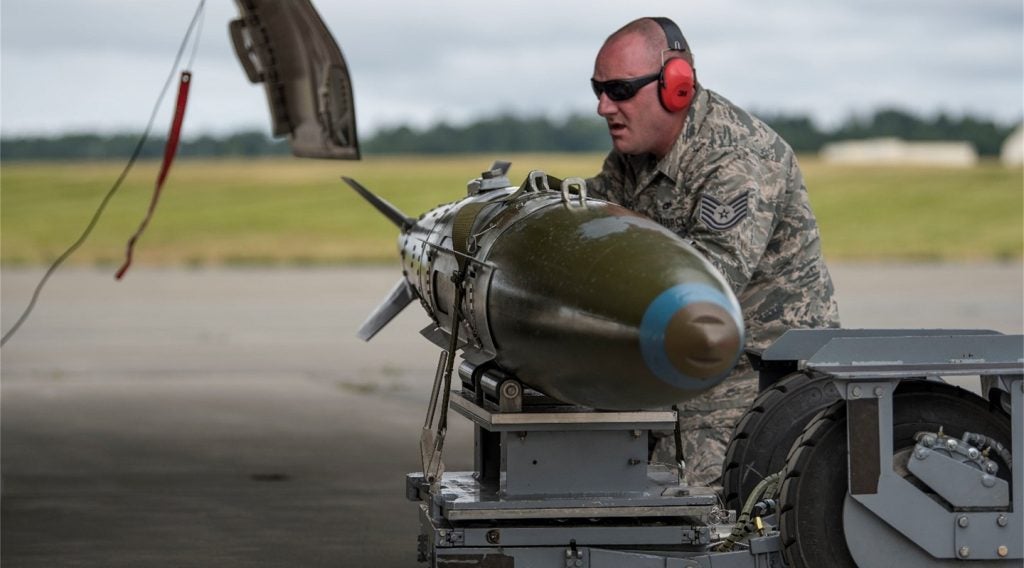The US Air Force Research Laboratory (ARL) Advanced Power Technology Office has awarded a contract to Concurrent Technologies Corporation (CTC) to improve the energy efficiency of the service’s lighting equipment.
Under the $983,790 competitively bid contract, the company will be responsible for designing, testing and demonstrating a more energy-efficient light cart for the US Air Force (USAF).
Upgraded equipment will help reduce dependence on and consumption of petroleum fuels while improving the USAF’s mission and range.
Currently, the service uses deployable light carts that provide ground-level flightline illumination, task lighting for aircraft maintenance and troubleshooting, as well as perimeter lighting to secure deployed and contingency locations.
CTC will modernise the existing light cart with upgraded technologies and control strategies that would facilitate improved energy efficiency. This will help reduce maintenance and sustainment costs.
The new Advanced Flightline Power and Light System developed by CTC will incorporate energy-efficient lighting, energy storage and various modes of operation.
How well do you really know your competitors?
Access the most comprehensive Company Profiles on the market, powered by GlobalData. Save hours of research. Gain competitive edge.

Thank you!
Your download email will arrive shortly
Not ready to buy yet? Download a free sample
We are confident about the unique quality of our Company Profiles. However, we want you to make the most beneficial decision for your business, so we offer a free sample that you can download by submitting the below form
By GlobalDataCTC president and chief executive officer Edward J Sheehan Jr said: “We’re happy to continue to support this important long-time client by advancing technology that will help them reach their goals of energy efficiency and enhanced readiness.
“For this project, we are using a traditional system engineering approach designed for a swift transition into the airforce inventory. Not only will our work help the airforce now, this technology can be leveraged for similar needs across the Department of Defense.”







